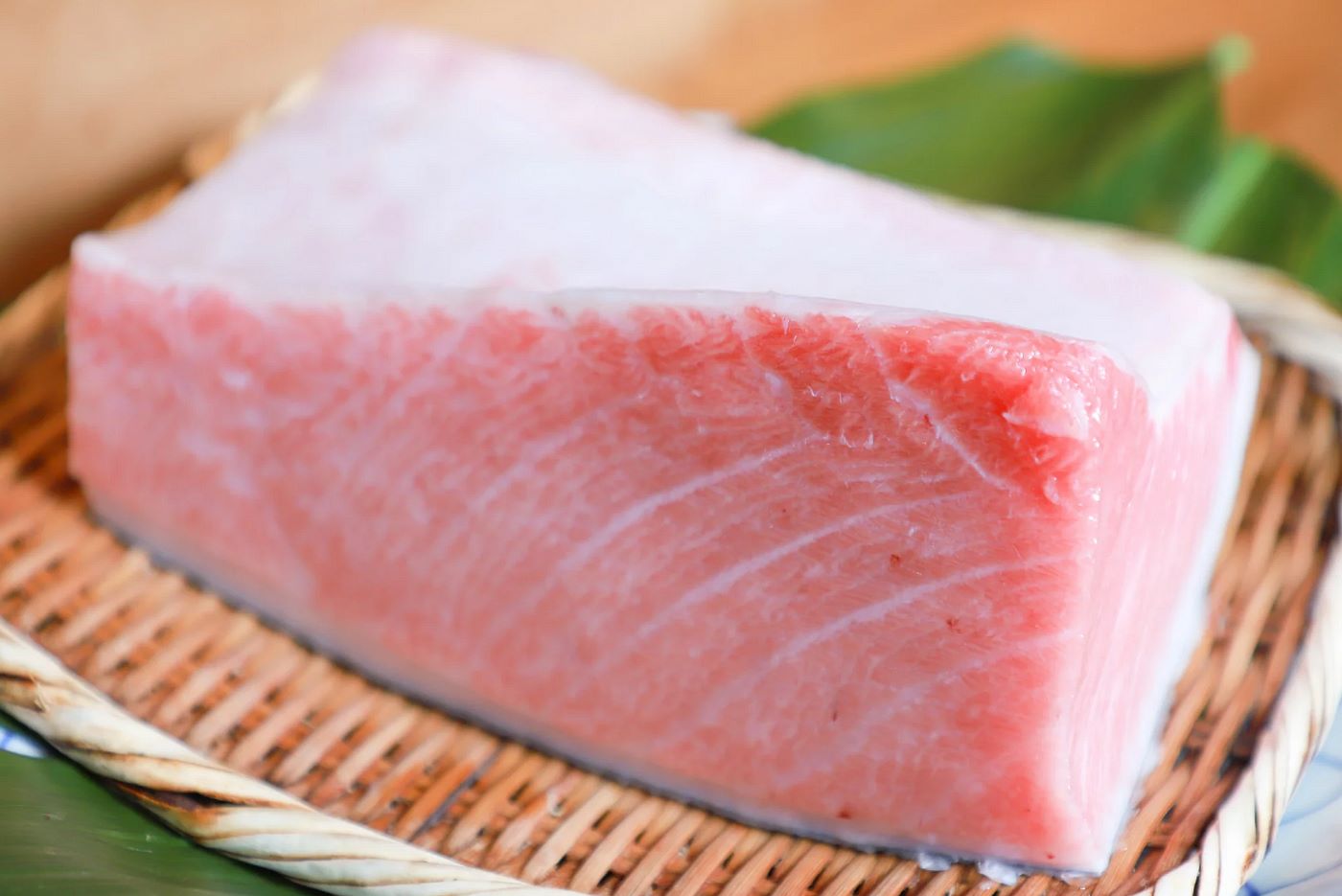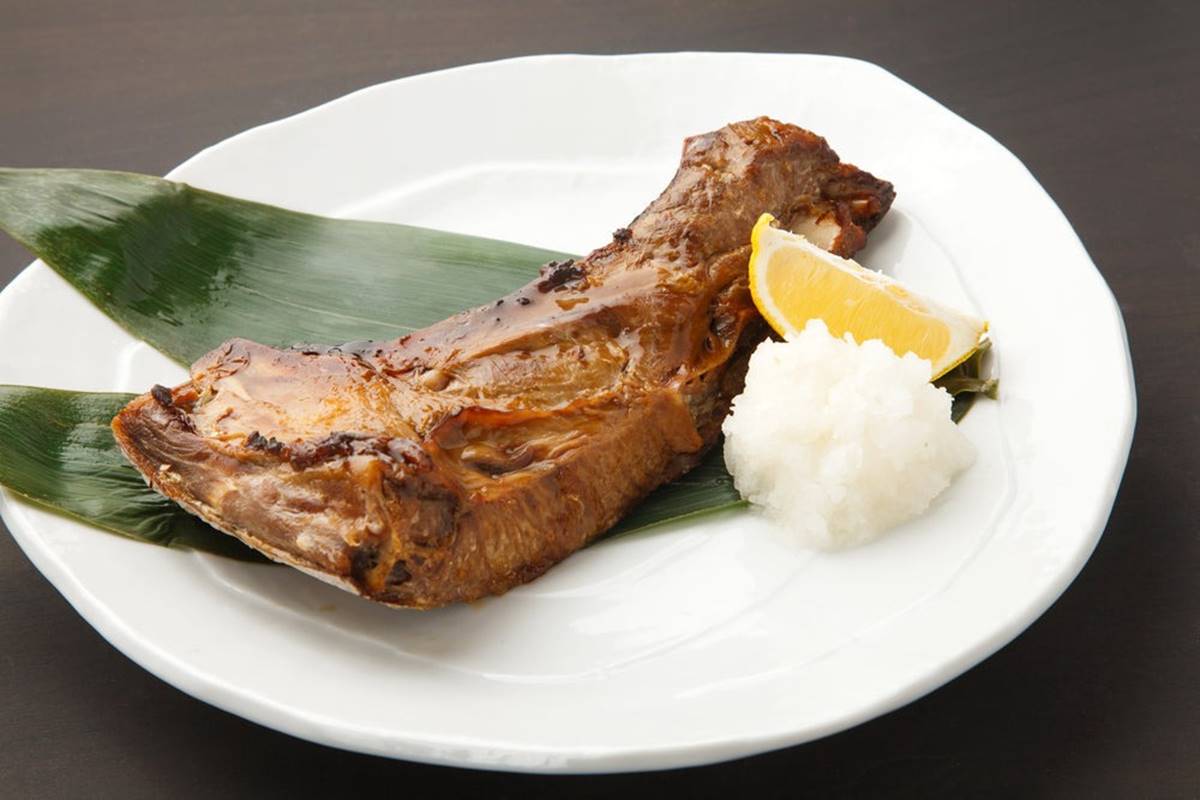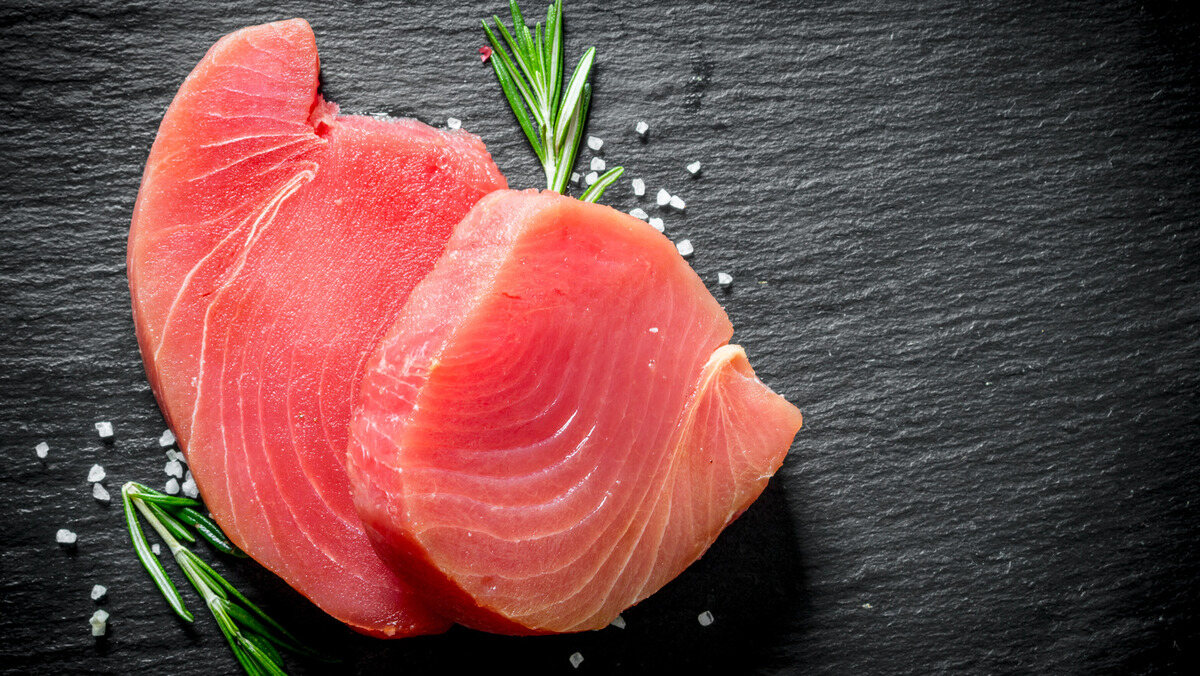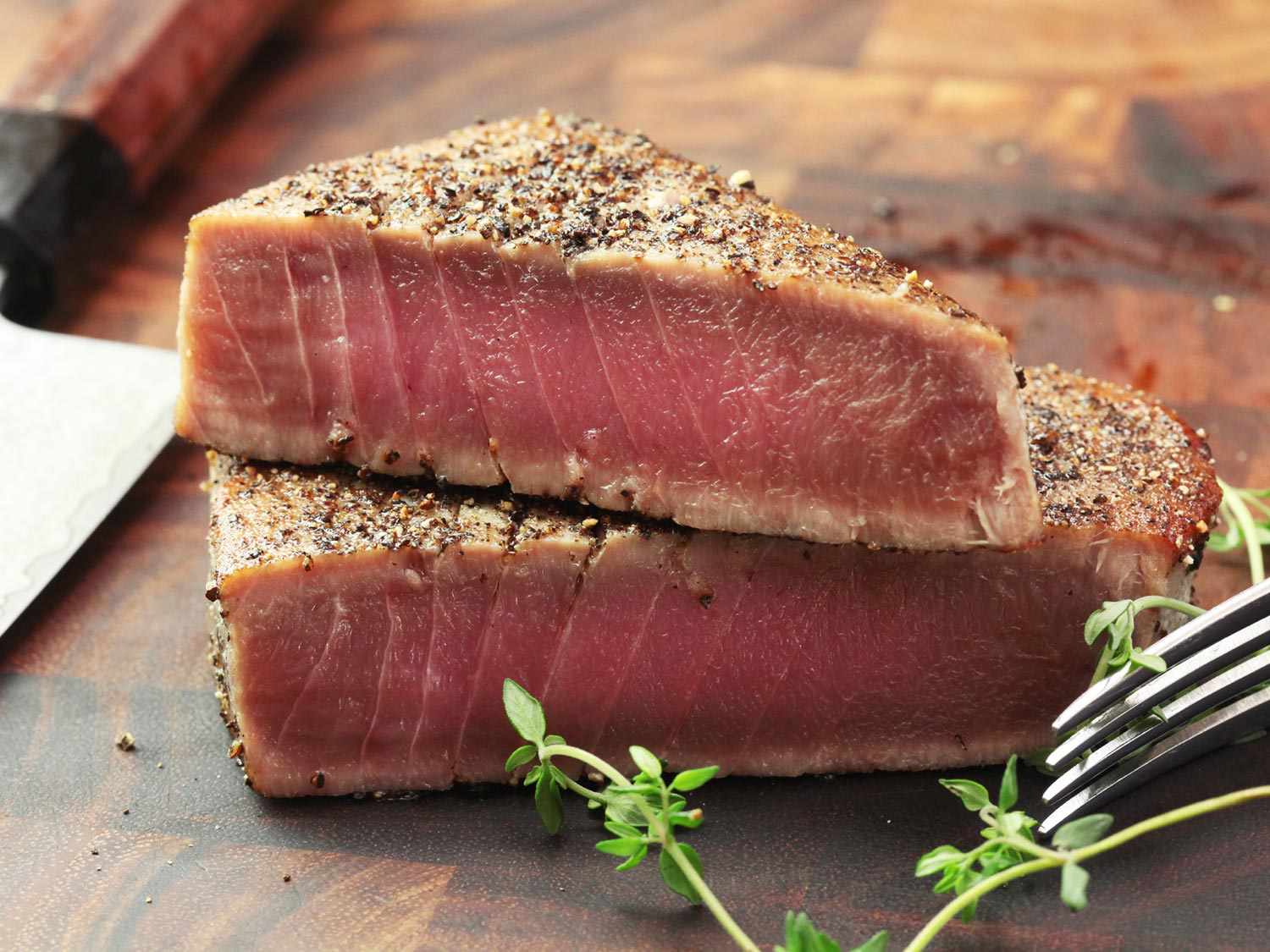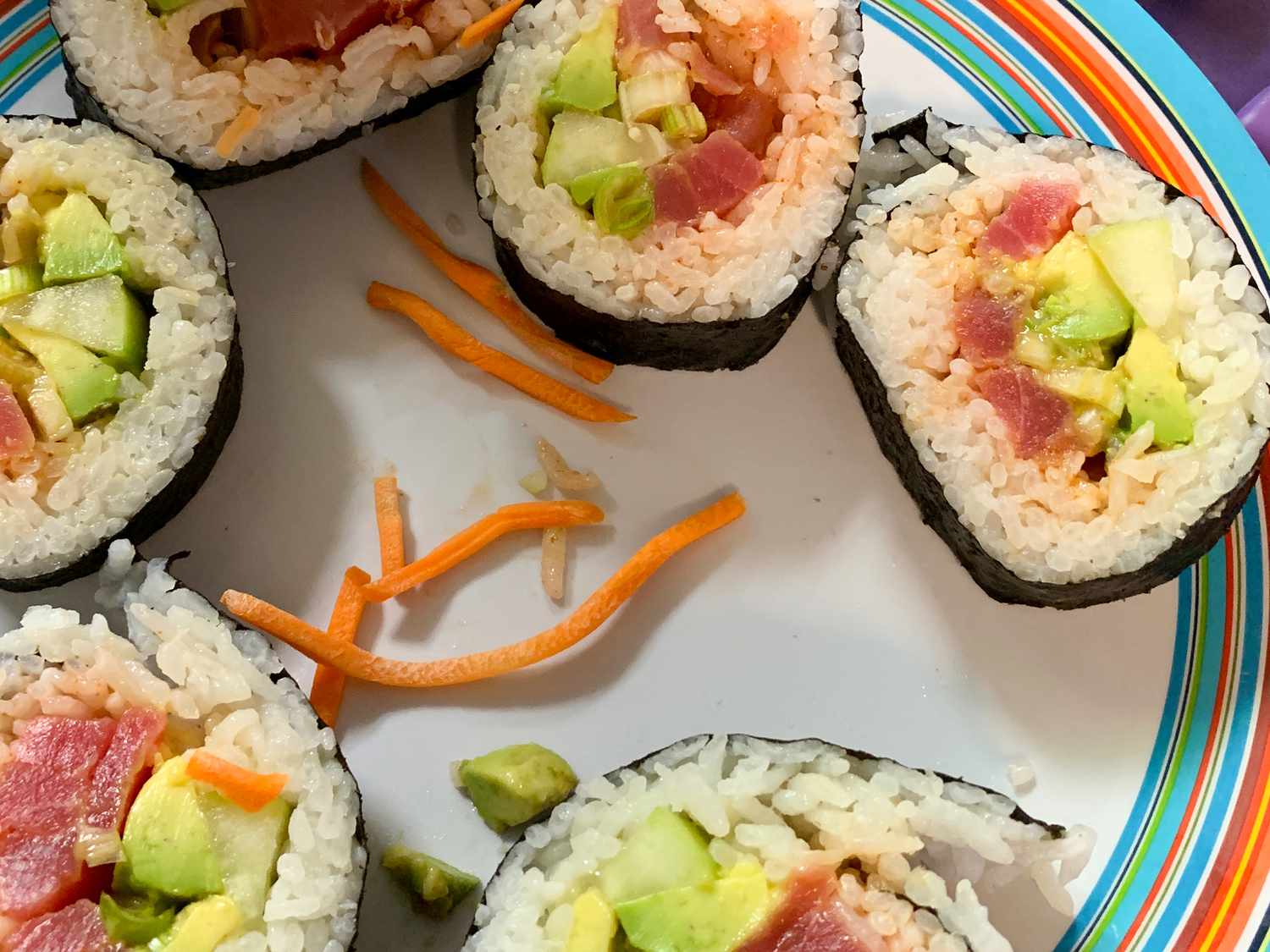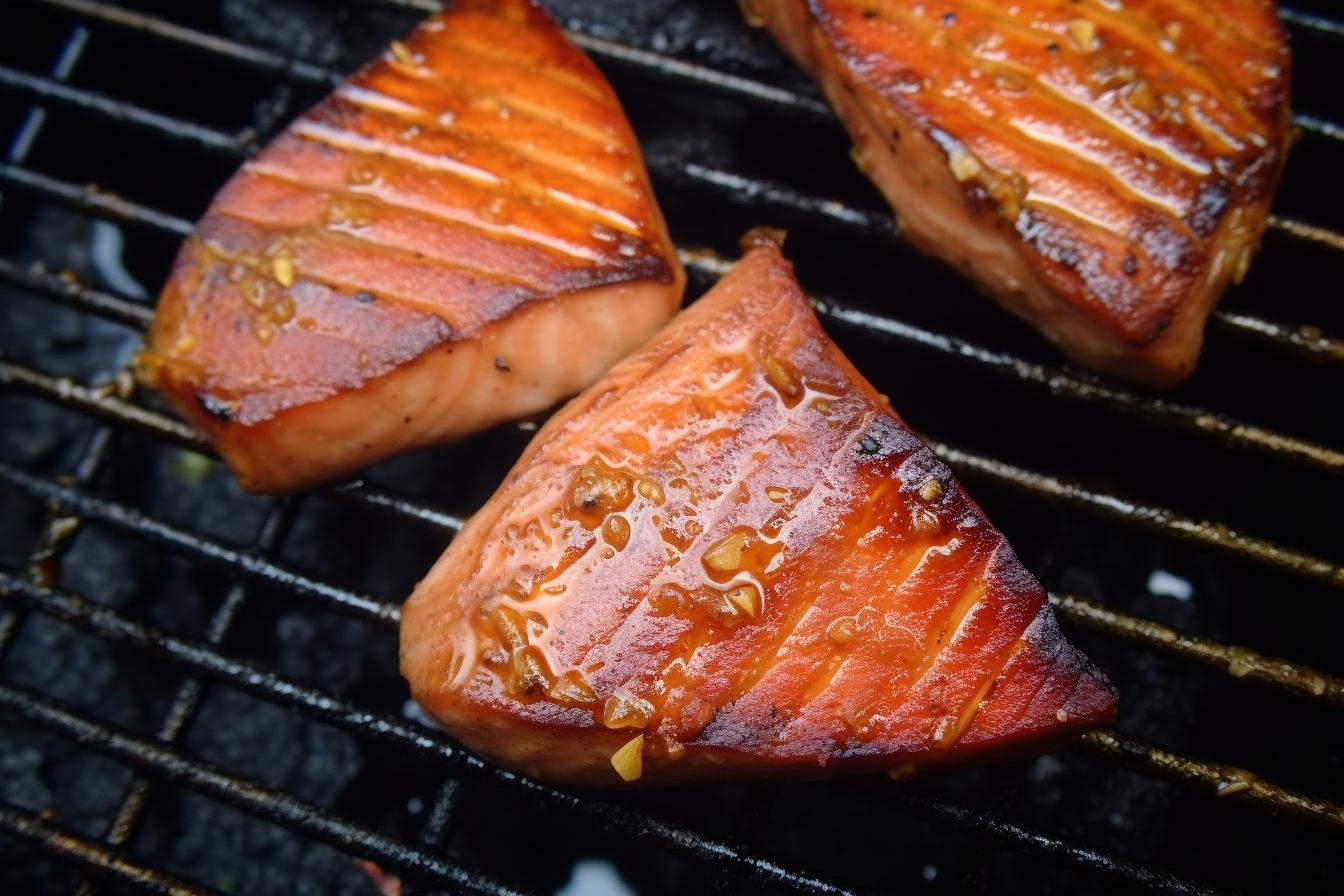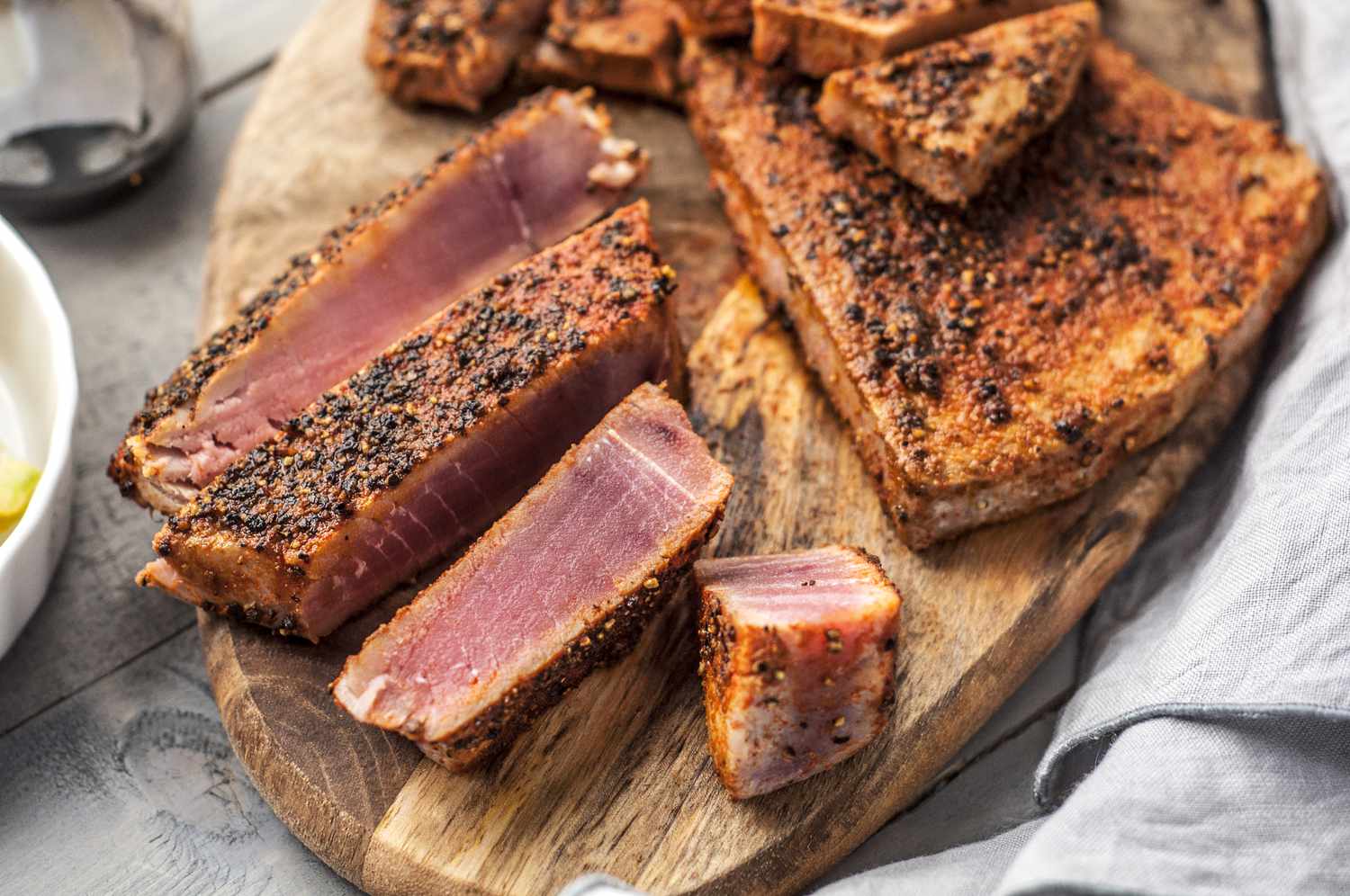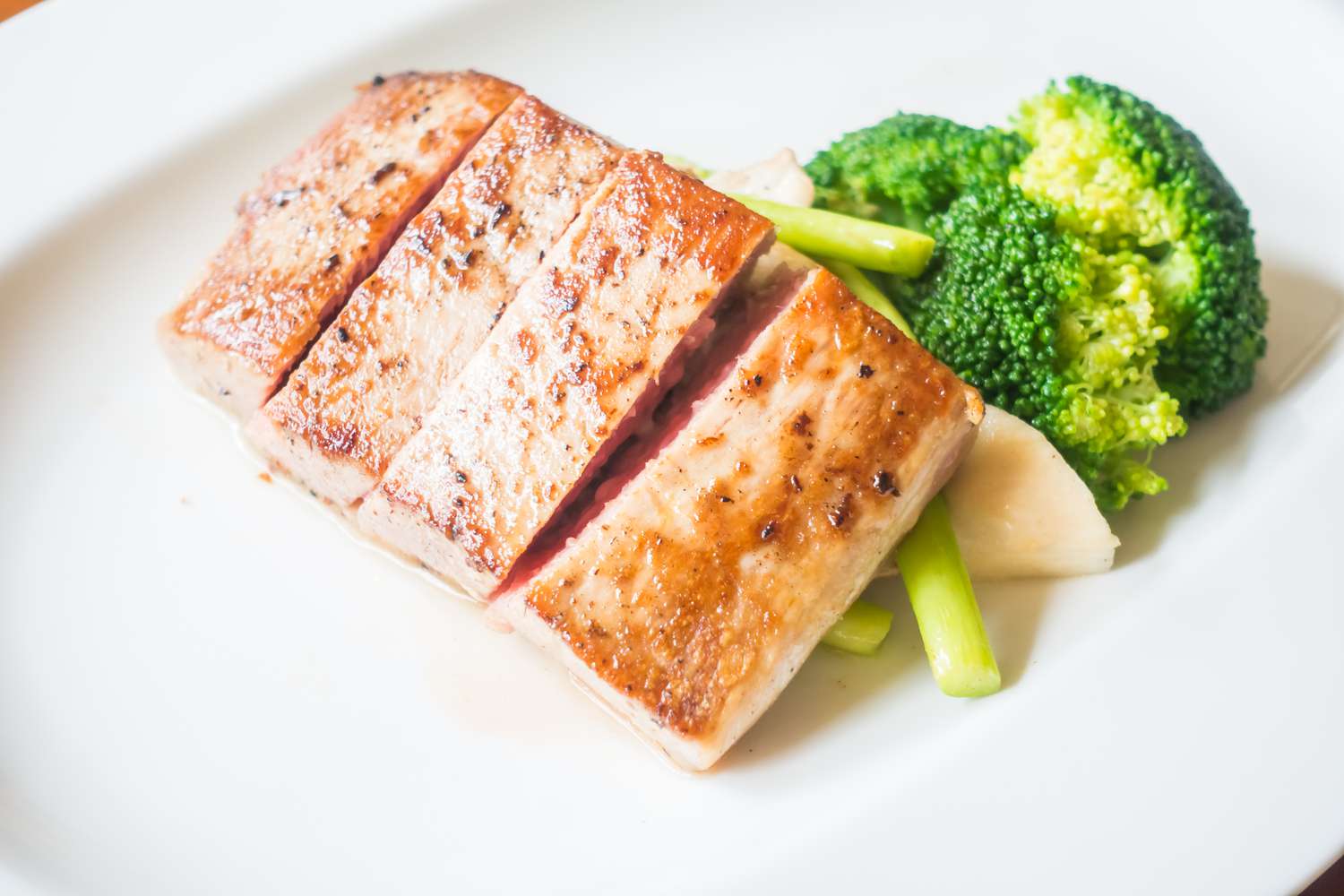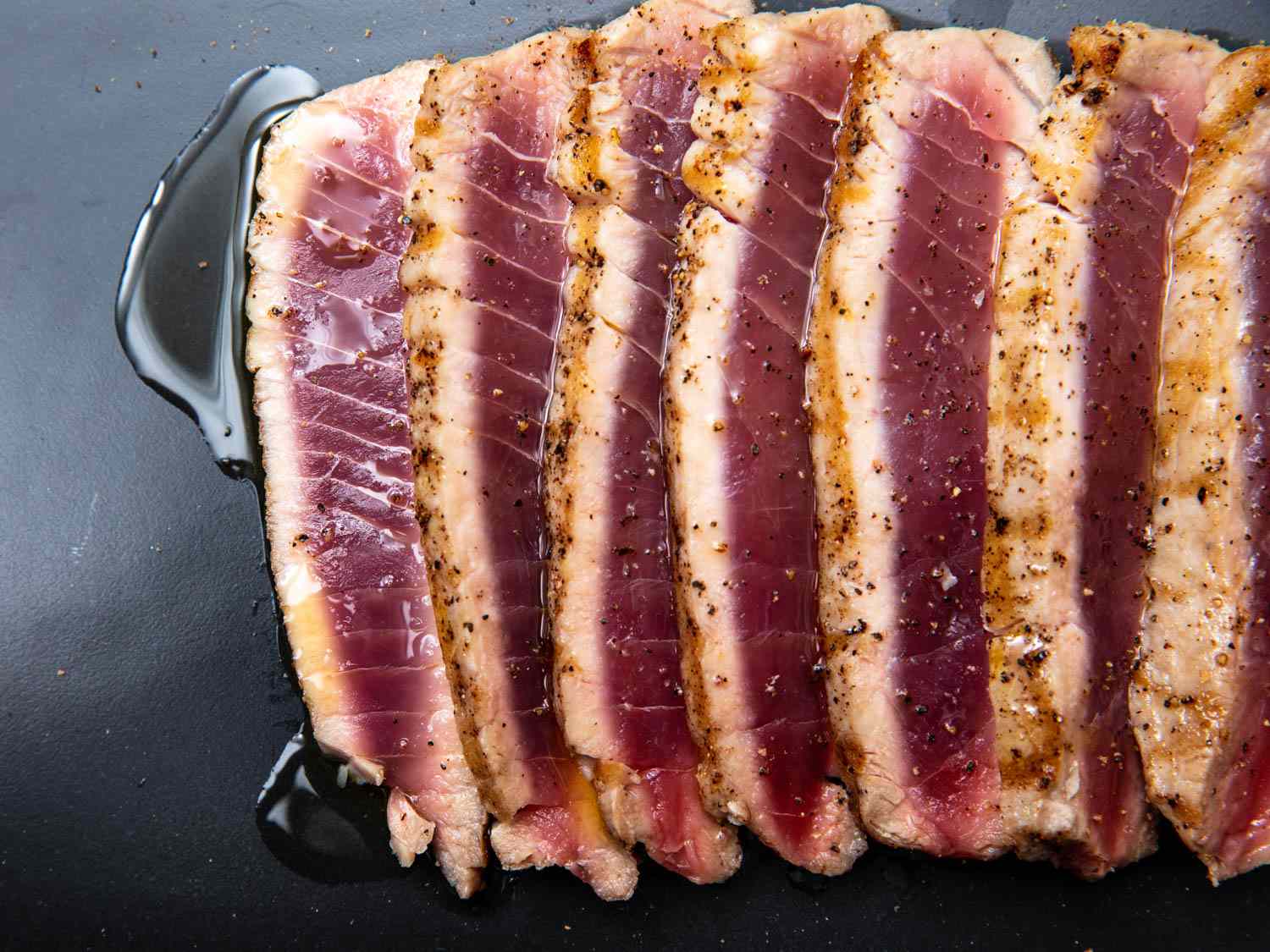Mastering the Art of Filleting Bluefin Tuna
Bluefin tuna is a prized fish known for its rich, flavorful meat. Whether you’ve caught a bluefin tuna yourself or purchased one from a fishmonger, knowing how to properly fillet it is essential to make the most of this delicious fish. With the right technique and a sharp knife, you can expertly fillet a bluefin tuna in no time.
Preparing Your Workspace
Before you begin the filleting process, it’s essential to set up your workspace properly. Here’s what you’ll need:
- A clean, sturdy cutting board
- A sharp, flexible fillet knife
- A pair of fish tweezers or pliers
- A clean towel for wiping your hands and the fish
Step-by-Step Filleting Process
Follow these steps to fillet a bluefin tuna like a pro:
- Remove the Head: Place the tuna on the cutting board and use a sharp knife to cut through the flesh just behind the pectoral fins. Once the head is removed, discard it or save it for making fish stock.
- Make the Initial Incision: With the tuna lying on its side, make a deep vertical incision just behind the pectoral fin, cutting down to the backbone.
- Follow the Backbone: Starting from the initial incision, carefully run the knife along the backbone, using smooth, steady strokes to separate the fillet from the bone.
- Remove the Fillet: Once the fillet is separated from the backbone, lift it gently and continue to run the knife along the ribcage to release it completely. Be sure to trim away any remaining bones or connective tissue.
- Repeat on the Other Side: Flip the tuna over and repeat the process to fillet the other side of the fish.
Handling the Fillets
After filleting the bluefin tuna, you’ll be left with two beautiful fillets. Here’s what you can do next:
- Inspect for Bones: Run your fingers along the fillets to check for any remaining bones or pin bones. Use fish tweezers or pliers to remove them carefully.
- Storage: If you’re not using the fillets right away, store them in the refrigerator on a bed of ice to keep them fresh. Be sure to use them within a day or two for the best flavor and texture.
- Cooking: Bluefin tuna fillets are incredibly versatile and can be prepared in numerous ways, from grilling and searing to making sushi and sashimi. The rich, buttery flavor of bluefin tuna makes it a favorite among seafood enthusiasts.
Practice Makes Perfect
Filleting a bluefin tuna takes practice, so don’t be discouraged if your first attempt isn’t perfect. With time and experience, you’ll hone your skills and become more efficient at extracting every last bit of meat from the fish.
Remember, a sharp knife and a steady hand are the keys to successful filleting. With these essential tools and the right technique, you can enjoy the delectable taste of bluefin tuna in your own kitchen.
So, the next time you have a fresh bluefin tuna on hand, put your filleting skills to the test and savor the incomparable flavor of this prized fish.
